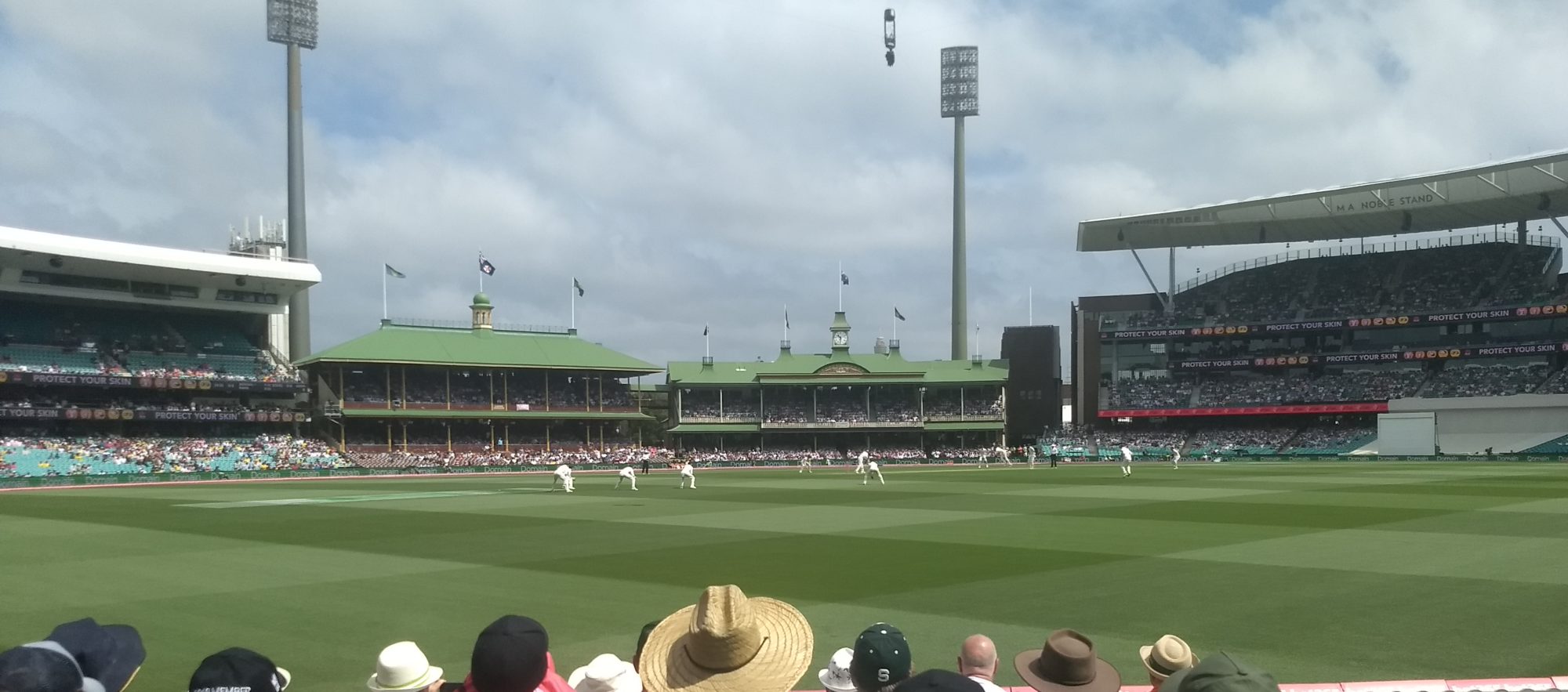What started as a midsummer diversion in the English cricket season of 2003 became a multi-million dollar enterprise in India in 2008, and now almost every Test playing nation has its own professional Twenty20 competition, squeezed into their domestic program.
The 2011-12 season saw the transformation of Australia’s state-based “Big Bash” competition into the franchise-based Big Bash League. The first year of the BBL, the result of an intense off-season of planning and marketing by Cricket Australia, is generally regarded as a success, consistently bringing five-figure crowds to domestic cricket and big audiences to pay television. The BBL’s rise, however, heightened tensions within the cricket world among those who fear that T20 will cannibalise the more traditional formats of the game (first-class and limited-overs).
Here are a few points which I think can be taken away following the inaugural Big Bash League:
● While over 550,000 spectators attended the 31 matches, the average of 17,749 per game was actually less than the 18,152 registered for the seventeen-game interstate competition two years earlier. While smaller venues in Perth and Hobart regularly sold out, games in Sydney and Melbourne (who had two teams each) were played in large stadia at less than half capacity.
● Despite intense advertising campaigns, the local derbies at the MCG and Sydney’s ANZ Stadium failed in their ambitious goal of setting new attendance records. (It would be fair to argue, of course, that cross-town rivalries need more than one year to develop)
● While the BBL has been played at a time of year occupied in the past by one-day internationals, the audience has been younger and with a higher female proportion, demographics intentionally targeted by Cricket Australia.
● Attendances for the first week of the BBL, which fell before Christmas, were much lower than for the remainder of the tournament, despite the massive pre-publicity. It is unlikely that extension of the series beyond the school holiday period (for example, into November), will generate big crowds. Fears of the Sheffield Shield being pushed into August-September in northern Australia can probably be put to rest.
● Staging a domestic T20 series for the month of January means that Cricket Australia can deliver marketable cricket at a set time each year without needing to negotiate with other Test teams for places in the international schedule.
● By creating an audience for a domestic tournament, the Big Bash League is starting to make household names out of players who previously had little more than Sheffield Shield success to show for themselves.
● Expansion of the BBL beyond eight teams appears years away from reality. The talent pool isn’t large enough, and especially as the BCCI has refused to release any Indian players, even those not engaged in internationals, to take part. The mixed success of expansion in other Australian sporting competitions (the National Basketball League, NRL, soccer’s A-League) provides a cautionary tale. The sale of stakes in each franchise to private investors also appears to be on the backburner.
● The talent pool can, on the other hand, be bolstered by older players staying in the game longer by specialising in T20 late in their careers. Shane Warne, Matthew Hayden, Brad Hogg and Stuart MacGill, all over 40, made comebacks in this year’s BBL, with Hogg going on to earn both Australian T20 selection and an IPL contract.
● Twenty20 cricket in Australia is not killing Tests and one-dayers – at least not yet. David Warner’s unexpected success as a Test batsman demonstrated that T20 is not necessarily destroying the skills of players in longer formats.
● The success of the closely fought ODI tri-series between Australia, India and Sri Lanka in February has, at least for now, silenced the critics who wrote the fifty-over game off as dead. Australia, as co-host with New Zealand of the 2015 ICC Cricket World Cup, has a vested interest in the immediate-term survival of ODI cricket.
● State associations – the owners of the BBL franchises – need to do more to capitalise on the publicity generated from the T20 competition in the Sheffield Shield and limited-over Ryobi Cup competitions. Scheduling difficulties meant, for example, that New South Wales had no home games in either tournament after the BBL concluded – thereby losing all momentum from the Sydney Sixers’ victory. Marketing budgets in most cases were devoted almost entirely to the T20 competition at the expense of the other formats.
Conversely, the lack of television coverage in Australia of the 2012 Indian Premier League will make it more difficult for the Big Bash franchises to capitalise on the first-year success of their tournament. Cricket Australia has already warned that 2012-13 will be “more of the same” after the audacious steps forward in 2011-12. The delicate juggling act of the three formats will continue for some time yet.
(This column originally appeared on iSportConnect)
